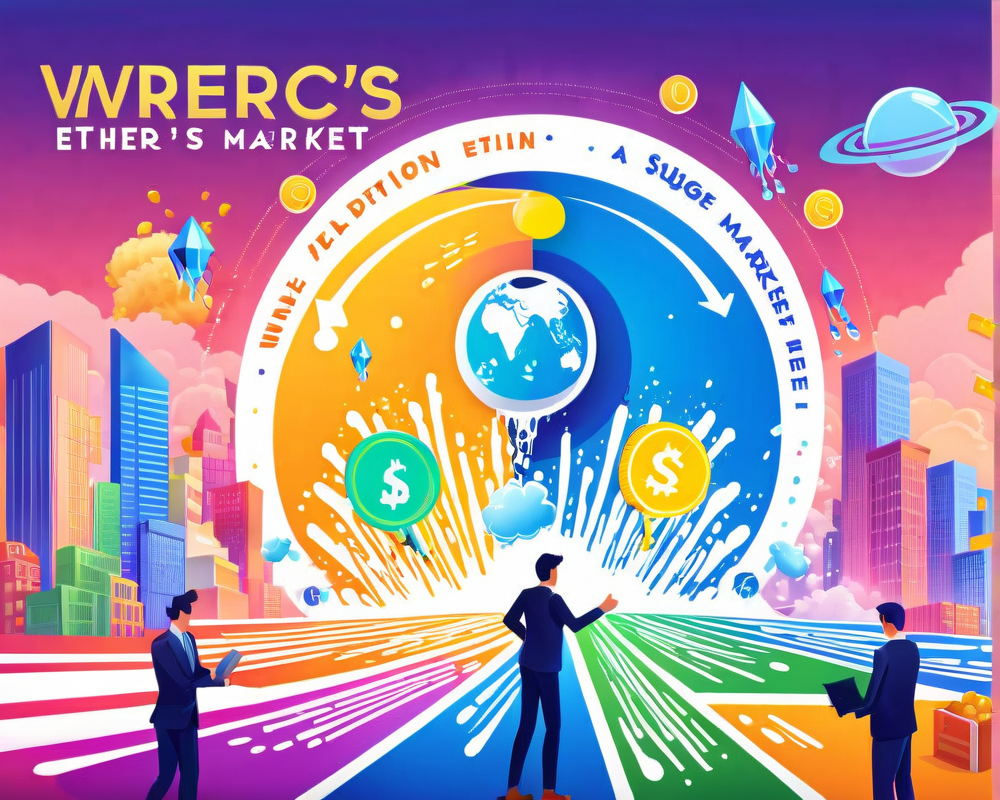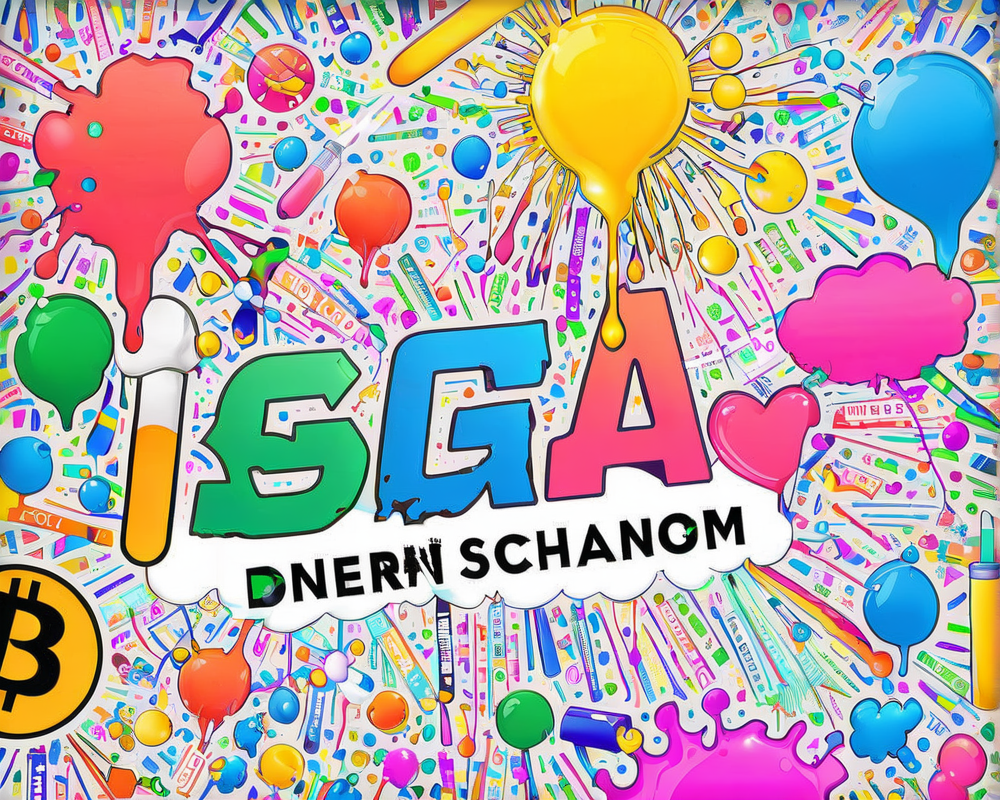The Meteoric Rise of Ether
In 2021, Ether’s (ETH) price took a rocket ride, soaring over 200%, and positively strutting into a market capitalization of $337 billion. This wild surge put Ethereum’s worth over some heavyweight companies, like Procter & Gamble and PayPal, with their market caps of $326 billion and $308 billion, respectively. Who would have thought a digital coin could flex harder than those corporate giants?
Market Cap: More Than Just Numbers
Market capitalization is like that math test no one really understands but somehow still has to pass. It is created by multiplying the last trade price with the total number of outstanding coins, no matter if those coins are sitting idly on an exchange or making a valiant effort to change hands. Hence, it’s not the most reliable indicator, as it rarely mirrors where the average investor bought in. Leave it to the wild world of crypto to throw a wrench in our numerical calculations!
Valuing a Multi-Faceted Asset
Ether is more than just digital magic beans; it’s a complex beast that’s hard to evaluate. Unlike stocks, which can be measured by metrics such as earnings and sales, Ether wears many hats. It can be a store of value, a ticket to access the Ethereum network, or your new best friend when the power goes out! This multiplicity of roles makes it a bit of an enigma wrapped inside a digital puzzle.
From Stock Risks to Crypto Realities
Stocks bring their own list of risks—think dividends, share dilution, and the occasional lawsuit because apparently, corporate giants can’t keep themselves out of trouble. In contrast, holding Ether holds its own risks, but at least you can self-custody your investment, giving you less reason to send your destitute cry for help to a third party if things go awry.
Describing Market Comparisons
Comparing the market cap of Ether to a centuries-old company is like comparing apples to oranges, or maybe like comparing apples to flying cars. On the one hand, you have a 183-year-old titan with thousands of employees, while on the other, you have a decentralized protocol bustling with more than 2,320 active developers and handling over $12 billion in daily transactions. The two might not share much in common, but it’s fun to see who’s winning the-number-battle!
Conclusion: The Case for Ether
Weighing the pros and cons of investing in Ether versus traditional stocks can be a nail-biting affair, but one can’t deny the appeal of holding an asset that operates independently of any central authority. As the crypto universe continues to unfold, Ether’s charm may just tip the scales for investors seeking a safer bet in a tumultuous market landscape.




